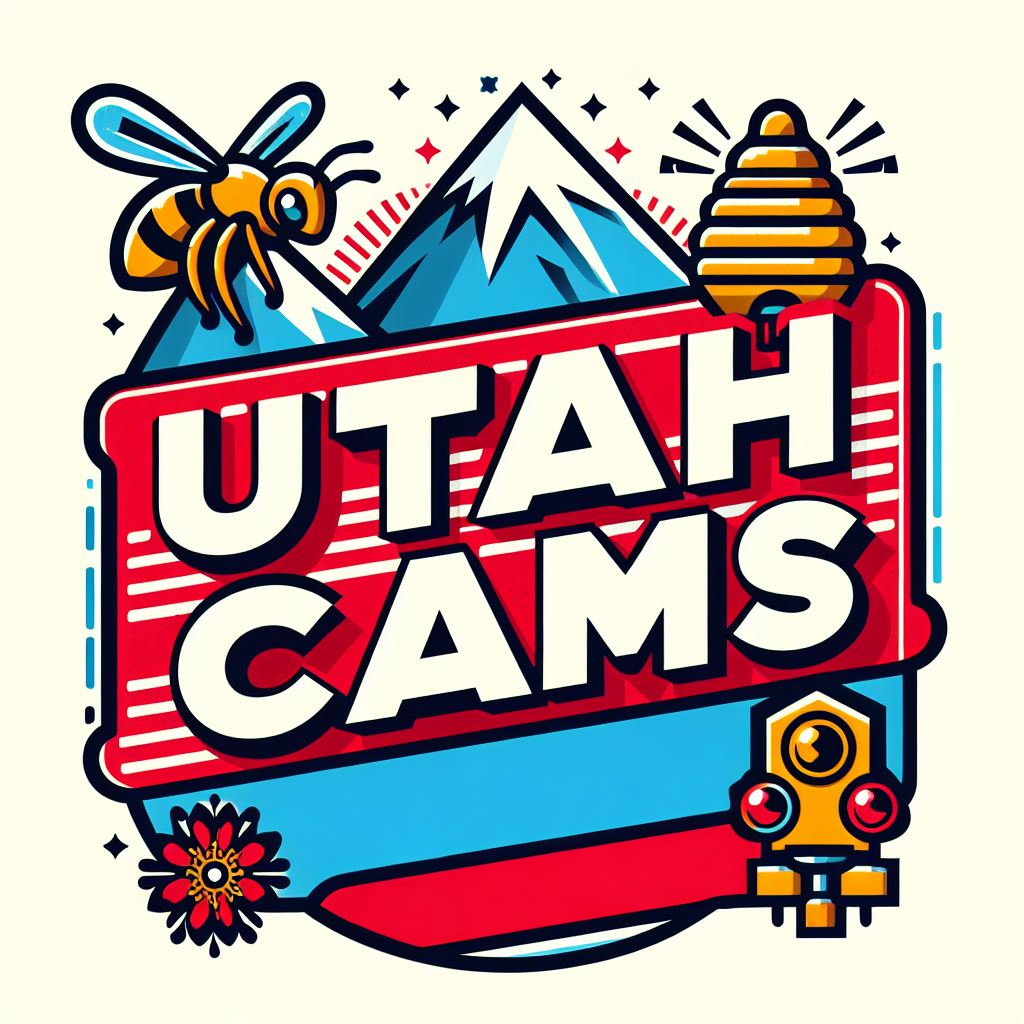Hyrum Dam, UT Weather Cams
Hyrum Dam Livestream Cam
Hyrum Dam West Cam

Hyrum Dam Southwest Cam

Hyrum Dam Northeast Cam

Hyrum Dam Southeast Cam

Hyrum Dam: A Legacy of Water Management and Community Resilience
Early Settlement and the Need for Water Management
Hyrum Dam Utah Webcams. In the mid-19th century, pioneers began settling in the Cache Valley, drawn by its fertile soil and abundant natural resources. One of the key communities to emerge in this region was Hyrum, founded in 1860 and named after Hyrum Smith, the brother of Joseph Smith, the founder of The Church of Jesus Christ of Latter-day Saints (LDS Church). As the settlement grew, the pioneers recognized the critical need for reliable water sources to support agriculture, livestock, and daily living.
The early settlers relied on the Little Bear River for irrigation, but the river’s flow was inconsistent and prone to seasonal variations. Flooding in the spring and droughts in the summer made farming challenging and unpredictable. This situation underscored the need for a more controlled and dependable water supply system, leading to the idea of constructing a dam to regulate the river’s flow and store water for irrigation.
The Construction of Hyrum Dam
The vision of constructing a dam in the Cache Valley began to take shape in the early 20th century, as water management and irrigation became increasingly critical to the region’s agricultural success. The Bureau of Reclamation, established in 1902 to oversee water resource management in the arid Western United States, identified the Little Bear River as a suitable site for a reservoir.
After extensive planning and surveying, the construction of Hyrum Dam began in 1934 as part of the federal New Deal programs initiated by President Franklin D. Roosevelt. These programs aimed to provide jobs and stimulate the economy during the Great Depression. The project was a significant undertaking, requiring the labor of hundreds of workers and the use of heavy machinery to excavate the site and build the dam structure.
Hyrum Dam was completed in 1935, creating Hyrum Reservoir, which spans approximately 450 acres and holds about 18,000 acre-feet of water. The earthen dam stands 116 feet high and 540 feet long, with a crest width of 15 feet. Its construction marked a major milestone in the development of water infrastructure in Cache Valley, providing a reliable source of water for irrigation and helping to mitigate the effects of flooding and drought.
Economic and Agricultural Impact
The completion of Hyrum Dam had an immediate and profound impact on the local economy and agricultural practices. The reservoir provided a steady and reliable supply of water for irrigation, allowing farmers to cultivate a wider variety of crops and improve their yields. The increased agricultural productivity contributed to the economic stability and growth of the Hyrum community and the surrounding Cache Valley.
In addition to benefiting agriculture, Hyrum Dam also played a crucial role in flood control, protecting farms, homes, and infrastructure from the devastating effects of spring floods. By regulating the flow of the Little Bear River, the dam helped to prevent soil erosion, preserve arable land, and safeguard the livelihoods of local residents.
Recreational Development and Community Engagement
Beyond its practical benefits for agriculture and flood control, Hyrum Reservoir quickly became a popular recreational destination for residents and visitors alike. The reservoir offers a wide range of outdoor activities, including boating, fishing, swimming, and camping. The surrounding area, known as Hyrum State Park, was established in 1959 and provides amenities such as picnic areas, boat ramps, and campgrounds.
Fishing is one of the most popular activities at Hyrum Reservoir, with anglers targeting species such as rainbow trout, yellow perch, and largemouth bass. The Utah Division of Wildlife Resources regularly stocks the reservoir with fish, ensuring a vibrant and sustainable fishery.
Hyrum State Park also hosts a variety of community events and activities throughout the year, including fishing tournaments, outdoor education programs, and family-friendly celebrations. These events foster a sense of community and connection among residents, highlighting the recreational and social value of Hyrum Reservoir.
Environmental Stewardship and Challenges
While Hyrum Dam and Reservoir have provided numerous benefits to the community, they have also presented environmental challenges that require ongoing management and stewardship. The dam’s construction altered the natural flow of the Little Bear River, impacting aquatic and riparian ecosystems. Efforts have been made to mitigate these impacts through habitat restoration projects, water quality monitoring, and the implementation of sustainable water management practices.
One of the key environmental challenges facing Hyrum Reservoir is the management of sedimentation. Over time, sediments carried by the river accumulate in the reservoir, reducing its storage capacity and affecting water quality. Regular maintenance and dredging efforts are necessary to address sediment buildup and ensure the reservoir’s continued functionality.
Additionally, climate change poses new challenges for water management in the Cache Valley. Variations in precipitation patterns, reduced snowpack, and increased evaporation rates can impact water availability and reservoir levels. Adaptive management strategies, including water conservation measures and the development of alternative water sources, are essential to address these challenges and ensure the long-term sustainability of Hyrum Reservoir.
Looking to the Future: Sustaining a Vital Resource
As Hyrum Dam and Reservoir approach their centennial anniversary, their role as a vital resource for the Cache Valley community remains as important as ever. Continued investment in infrastructure maintenance, environmental stewardship, and sustainable water management practices will be crucial to preserving the benefits of the dam and reservoir for future generations.
The story of Hyrum Dam is one of resilience, innovation, and community spirit. From its early days as a solution to the challenges faced by pioneer farmers to its current status as a cherished recreational destination and essential water resource, Hyrum Dam stands as a testament to the power of human ingenuity and the enduring value of natural resources in shaping the history and future of the Cache Valley.
For more information, visit the official Hyrum State Park, UT website.
